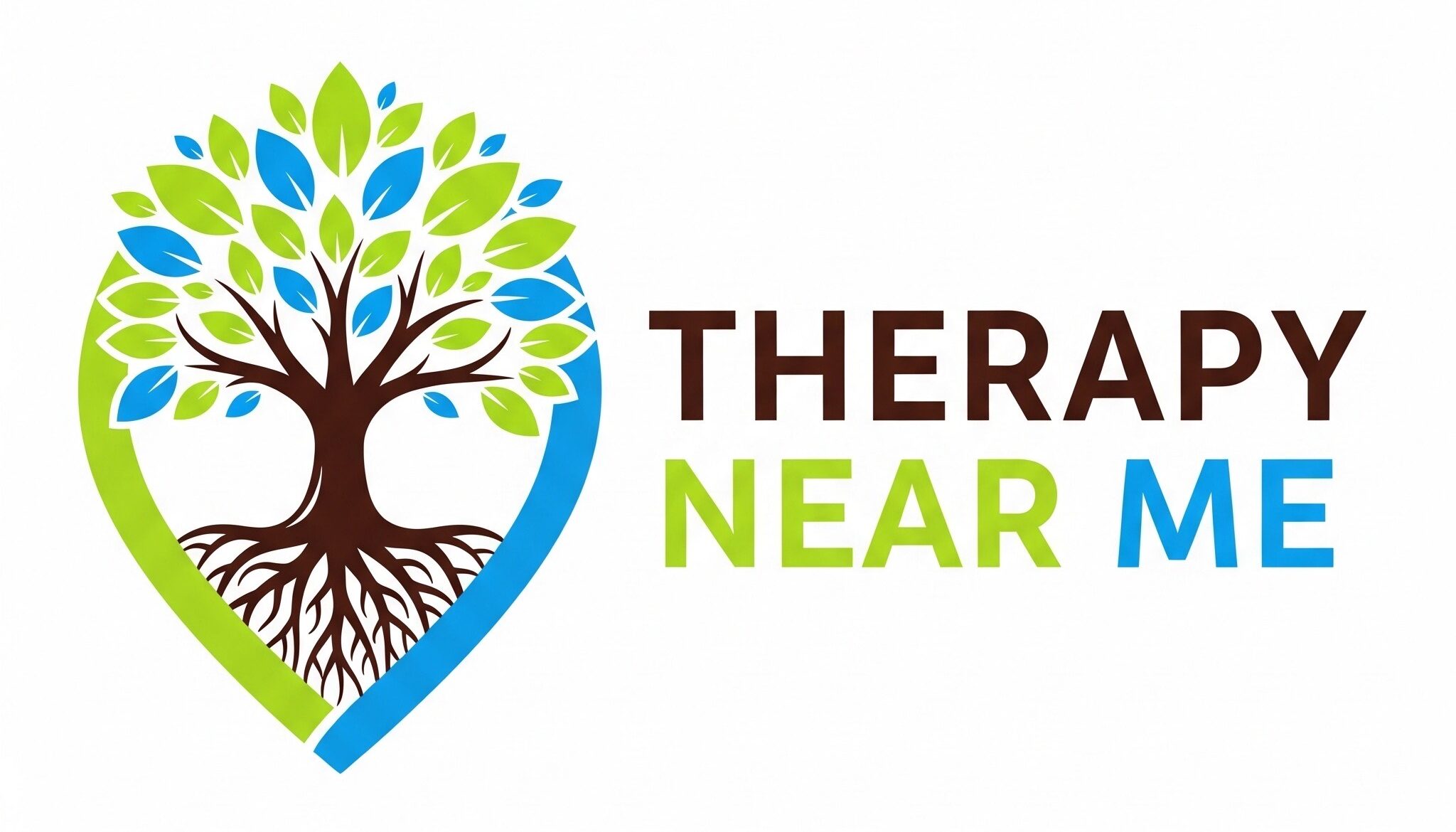Panic attacks are sudden episodes of intense fear and discomfort that can manifest with physical and psychological symptoms. They are a common mental health concern, affecting millions of people worldwide. This article explores the nature of panic attacks, their causes, symptoms, and treatment options, supported by scientific research and expert insights.
What are Panic Attacks?
Panic attacks are abrupt surges of intense fear or discomfort that peak within minutes. They can occur unexpectedly or in response to a trigger and are characterised by a combination of physical and cognitive symptoms (American Psychiatric Association, 2013).
Symptoms of Panic Attacks
The symptoms of a panic attack can vary, but they typically include:
- Rapid heart rate or palpitations
- Sweating
- Trembling or shaking
- Shortness of breath or a feeling of being smothered
- Chest pain or discomfort
- Nausea or abdominal distress
- Dizziness, light-headedness, or faintness
- Chills or hot flashes
- Numbness or tingling sensations
- Feelings of unreality (derealisation) or detachment from oneself (depersonalisation)
- Fear of losing control or “going crazy”
- Fear of dying (American Psychiatric Association, 2013)
Causes and Risk Factors
Biological Factors
Research indicates that biological factors, such as genetics and neurochemical imbalances, play a significant role in the development of panic attacks. Studies have shown that individuals with a family history of panic disorder are at higher risk of experiencing panic attacks (Smoller et al., 2003).
Psychological Factors
Psychological factors, including stress, anxiety, and trauma, can trigger panic attacks. Cognitive-behavioural theories suggest that maladaptive thought patterns and a heightened sensitivity to bodily sensations can contribute to the onset of panic attacks (Barlow, 2002).
Environmental Factors
Environmental factors, such as significant life changes, chronic stress, and exposure to traumatic events, can increase the likelihood of panic attacks. Additionally, substance use, including caffeine, alcohol, and certain drugs, can provoke or exacerbate panic attacks (Schmidt et al., 2010).
Diagnosis and Treatment
Diagnosis
Panic attacks are typically diagnosed based on clinical criteria outlined in the Diagnostic and Statistical Manual of Mental Disorders (DSM-5). A healthcare provider will assess the frequency, intensity, and impact of the attacks, as well as any co-occurring mental health conditions, to determine an appropriate diagnosis (American Psychiatric Association, 2013).
Treatment Options
Cognitive-Behavioural Therapy (CBT)
Cognitive-behavioural therapy is considered one of the most effective treatments for panic attacks. CBT focuses on identifying and challenging maladaptive thought patterns and behaviours, as well as developing coping strategies to manage anxiety and panic symptoms (Hofmann et al., 2012).
Medications
Medications, such as selective serotonin reuptake inhibitors (SSRIs), benzodiazepines, and beta-blockers, can be prescribed to help manage the symptoms of panic attacks. These medications can reduce the frequency and severity of attacks, but they are often used in conjunction with therapy for the best outcomes (Roy-Byrne et al., 2013).
Lifestyle Modifications
Lifestyle modifications, including regular physical exercise, healthy eating, adequate sleep, and stress management techniques (e.g., mindfulness, yoga, and deep breathing exercises), can help reduce the occurrence of panic attacks and improve overall well-being (Asmundson et al., 2013).
Coping Strategies
Breathing Exercises
Practising controlled breathing exercises can help manage the physical symptoms of panic attacks. Techniques such as diaphragmatic breathing and the 4-7-8 method can promote relaxation and reduce anxiety (Jerath et al., 2015).
Mindfulness and Relaxation Techniques
Mindfulness and relaxation techniques, such as progressive muscle relaxation and guided imagery, can help individuals stay grounded and manage the psychological symptoms of panic attacks. These techniques encourage present-moment awareness and reduce the impact of negative thoughts (Kabat-Zinn, 2003).
Support Networks
Building a strong support network of friends, family, and mental health professionals can provide emotional support and practical assistance. Support groups, either in-person or online, can also offer a sense of community and shared understanding (Carter et al., 2014).
Conclusion
Panic attacks are a common but manageable mental health issue. Understanding the causes, symptoms, and treatment options can empower individuals to seek appropriate help and develop effective coping strategies. With the right support and interventions, those experiencing panic attacks can lead fulfilling and balanced lives.
References
- American Psychiatric Association. (2013). Diagnostic and Statistical Manual of Mental Disorders (5th ed.). Washington, DC: Author.
- Asmundson, G. J., Fetzner, M. G., DeBoer, L. B., Powers, M. B., Otto, M. W., & Smits, J. A. (2013). Let’s get physical: A contemporary review of the anxiolytic effects of exercise for anxiety and its disorders. Depression and Anxiety, 30(4), 362-373.
- Barlow, D. H. (2002). Anxiety and Its Disorders: The Nature and Treatment of Anxiety and Panic (2nd ed.). Guilford Press.
- Carter, M. M., Sbrocco, T., & Carter, C. L. (2014). African Americans and anxiety disorders research: Development of a testable theoretical framework. Psychological Bulletin, 140(4), 1038-1074.
- Hofmann, S. G., Asnaani, A., Vonk, I. J., Sawyer, A. T., & Fang, A. (2012). The efficacy of cognitive behavioral therapy: A review of meta-analyses. Cognitive Therapy and Research, 36(5), 427-440.
- Jerath, R., Crawford, M. W., Barnes, V. A., & Harden, K. (2015). Self-regulation of breathing as a primary treatment for anxiety. Applied Psychophysiology and Biofeedback, 40(2), 107-115.
- Kabat-Zinn, J. (2003). Mindfulness-based interventions in context: Past, present, and future. Clinical Psychology: Science and Practice, 10(2), 144-156.
- Roy-Byrne, P. P., Craske, M. G., & Stein, M. B. (2013). Panic disorder. The Lancet, 388(10061), 1023-1032.
- Schmidt, N. B., Zvolensky, M. J., & Maner, J. K. (2010). Anxiety sensitivity: Prospective prediction of panic attacks and Axis I pathology. Journal of Psychiatric Research, 44(10), 1272-1274.
- Smoller, J. W., Pollack, M. H., Otto, M. W., Rosenbaum, J. F., Kradin, R., & Laird, N. M. (2003). Panic anxiety, tobacco smoking, and caffeine use: A controlled study of panic disorder patients. Psychological Medicine, 33(5), 943-946.
How to get in touch
If you or your patient/NDIS clients need immediate mental healthcare assistance, feel free to get in contact with us on 1800 NEAR ME – admin@therapynearme.com.au.







